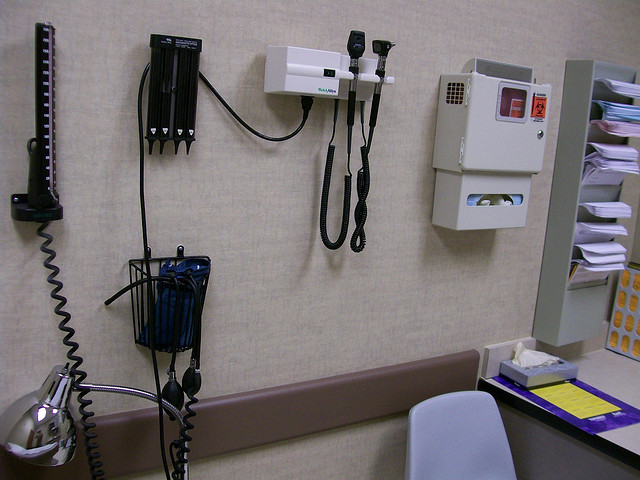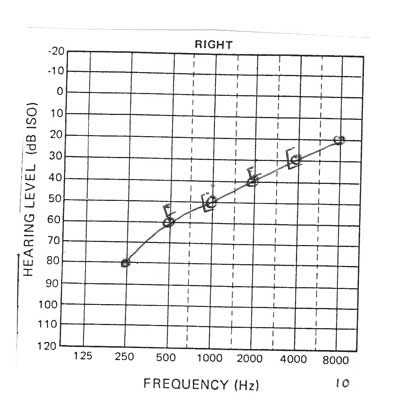If the unknown creates anxiety, then a trip to the hearing specialist is especially stressful. While almost all of us have experience with the family physician and the local dentist, the visit to the hearing specialist might be a first.
It sure would be useful to have someone elaborate on the process before you start, wouldn’t it? Well, continue reading, because as you’ll see, the process of getting your hearing examined is ordinarily easy, comfortable, and pain-free — with parts that can actually be fun.
So here’s how it will go:
After you arrive at the office, you will check in with a staff member at the front desk who will give you a couple of forms to complete. Not long after filling in the forms, a hearing specialist will escort you into a room to begin the hearing exam, which consists of four parts:
Part 1: Case History

The hearing specialist starts the process by getting to know you, your medical-related history, and your hearing loss symptoms. Preparation for this step is crucial, because this is where you get to relay to the hearing specialist the particulars of your hearing loss, what you expect to see from treatment, and your personalized hearing needs.
This portion is all about you: what do you want to attain with superior hearing? Do you wish to play a music instrument again? Do you wish to be more involved in work meetings? Do you want to be more energetic at social gatherings? The more you can tell your hearing specialist the better.
Next comes the testing.
Part 2: Otoscopy
The first diagnostic test to be completed is called an otoscopy. An otoscope is used to visually inspect the ear canal and eardrum to identify if your hearing loss is connected to infections, earwax accumulation, or blockages. If the source of your hearing loss is something as simplistic as earwax accumulation, you could most likely start hearing better within moments simply from expert earwax removal.
Part 3: Tympanometry
The second test is called tympanometry, used to test the eardrum and middle ear. A device is placed into the ear that will vary the air pressure, measuring how your ear reacts to assorted pressures.
To fully grasp this test, you have to first know that hearing loss is categorized into one of two broad groups:
- Sensorineural hearing loss — this is the most widespread hearing loss. It is also defined as noise-induced hearing loss and it involves injury of the nerve cells of hearing.
- Conductive hearing loss — this hearing loss results from blockages or obstructions that restrict sound transmission before the sound gets to the nerves of hearing.
Tympanometry is a test that can help to rule out conductive hearing loss, to be sure that there are no obstructions, infections, or middle-ear-bone ailments. Conversely, Audiometry, which is described next, will quantify sensorineural hearing loss.
Part 4: Audiometry

The final group of tests will be performed in a soundproof room. These tests are collectively referred to as audiometry and will measure your hearing range and sensitivity. Audiometry is the best method to measure sensorineural hearing loss.
With the use of an audiometer, the hearing specialist will be prepared to establish:
- Which frequencies you can hear comfortably and which you have trouble with.
- The minimum decibel levels, at differing frequencies, at which you perceive sound.
- The precise measurements correlated with your hearing loss (as recorded on an audiogram).
- Your capacity to recognize speech, with or without background noise.
The test on its own, from your standpoint, will be comfortable and effortless. You will be presented with sounds and speech through earphones and will be directed to display when you can hear the sounds by pushing a device or raising your hand.
Assessing results and planning treatment
Soon after the testing is finished, your hearing specialist will evaluate your results with you. If your hearing loss requires medical or surgical treatment (due to infections or middle-ear-bone problems, for example), your hearing specialist can make the appropriate referral.
If your hearing loss can profit from assistive listening devices or hearing aids, your hearing specialist will work with you to identify the ideal solution for you, your finances, your lifestyle, and your cosmetic concerns.
Pretty easy for a lifetime of better hearing, isn’t it?